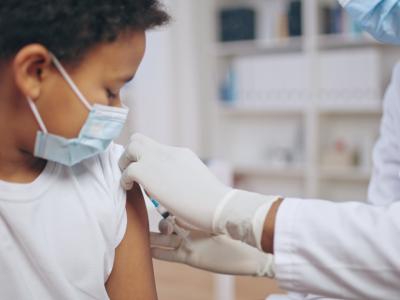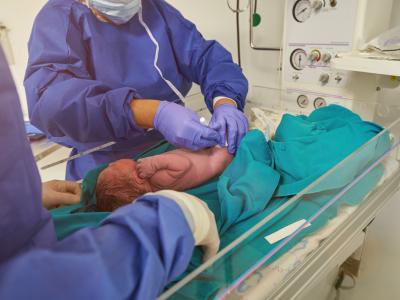
Among a cohort of men who have sex with men (MSM) at an Italian hospital, a significant reduction in all antibiotics used to treat bacterial sexually transmitted infections (bSTIs) was observed after the introduction of doxycycline post-exposure prophylaxis (doxyPEP), researchers reported late last week in the Journal of Antimicrobial Chemotherapy.
The retrospective study examined antibiotic use for bSTIs among MSM in care for HIV or on HIV pre-exposure prophylaxis at a hospital in Milan who received doxyPEP from August 2022 through July 2024. Prescriptions for doxyPEP, which involves taking a single dose of doxycycline within 72 hours of unprotected sex to prevent bSTIs, were limited to MSM who had five or more casual sex partners.
The primary outcomes were the incidence rate of bSTIs and days of therapy (DOT) per 1,000 patient-days (PD) for ceftriaxone (gonorrhea), benzylpenicillin (syphilis), and doxycycline (chlamydia) for bSTI treatment before and after doxyPEP prescription.
Overall reduction in antibiotic use
Overall, 754 MSM were prescribed doxyPEP during the study period, and 222 (29.4%) reported using it during follow-up.
Among doxyPEP users, 401 bSTIs were detected before prescription and 146 after. DOT per 1,000-PD was 1.26 for ceftriaxone, 0.37 for benzylpenicillin, and 3.21 for doxycycline after prescription, while doxyPEP DOT per 1,000-PD was 7.00. The expected DOT in the absence of doxyPEP was 4.85 (95% confidence interval [CI], 3.82 to 6.41) for ceftriaxone, 1.86 (95% CI, 1.17 to 2.87) for benzylpenicillin, and 24.71 (95% CI , 17.18 to 37.36) for doxycycline.
Previous research has estimated that widespread doxyPEP use could lead to a significant increase in doxycycline use, which has raised concerns that the strategy could promote antimicrobial resistance (AMR). But the authors of the study say the more targeted strategy they used, with a focus on men with a substantial risk of bSTIs, could result in an overall reduction in antibiotic use.
"By preventing the occurrence of bSTIs, doxyPEP may help to reduce the need for therapeutic antimicrobial treatment," they wrote. "This prophylactic approach could lead to a reduction in overall antimicrobial use, potentially mitigating some of the risks associated with widespread antimicrobials use, such as the development of AMR."













